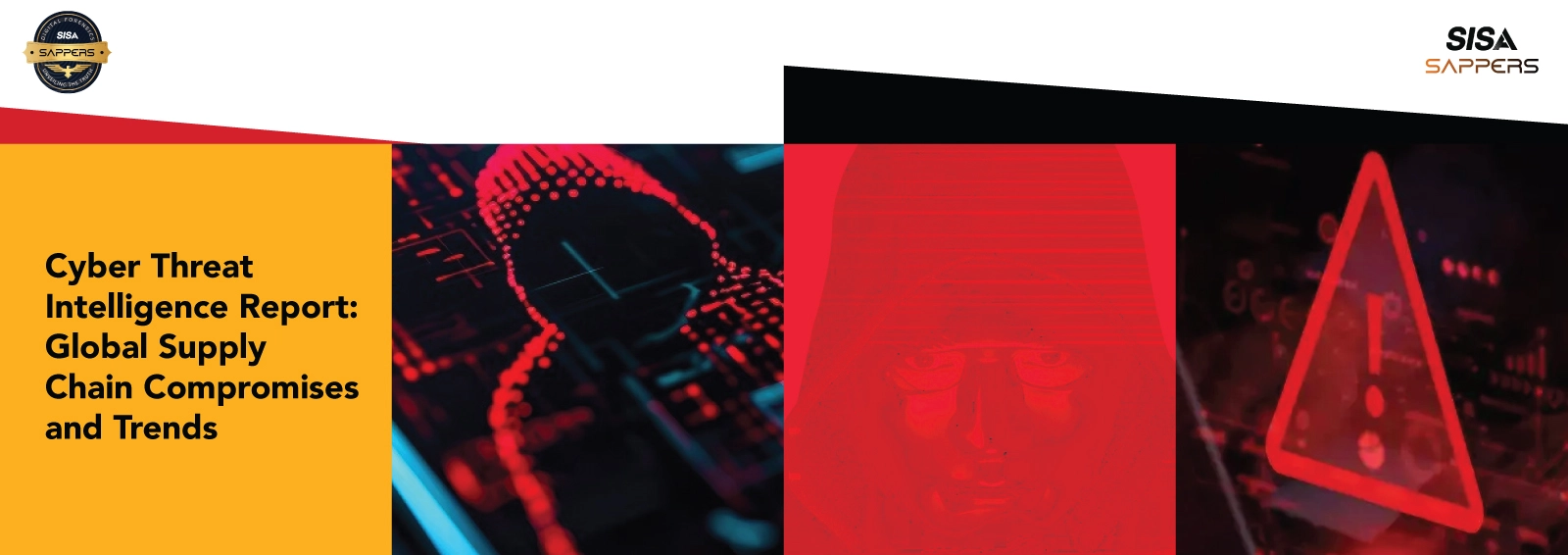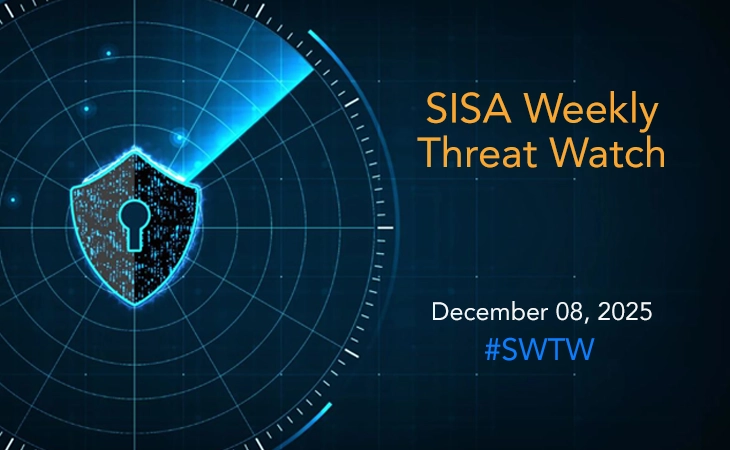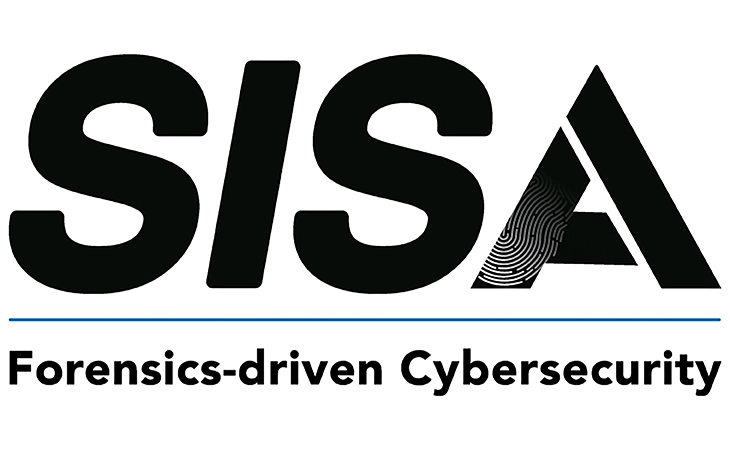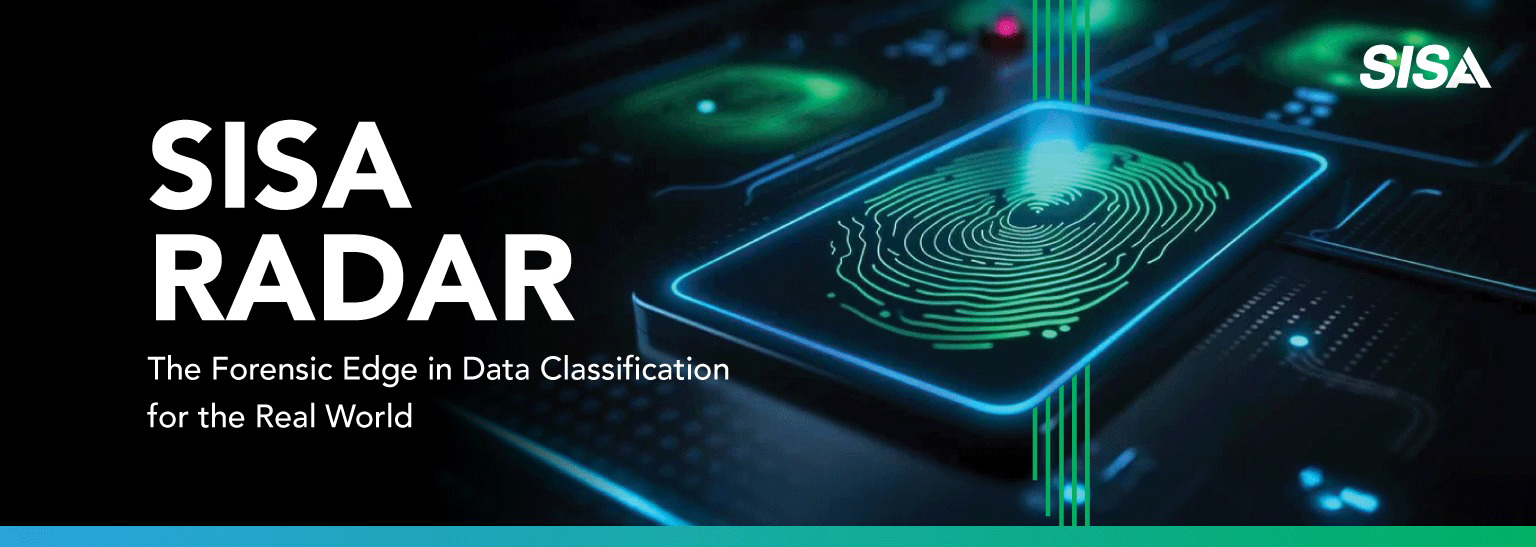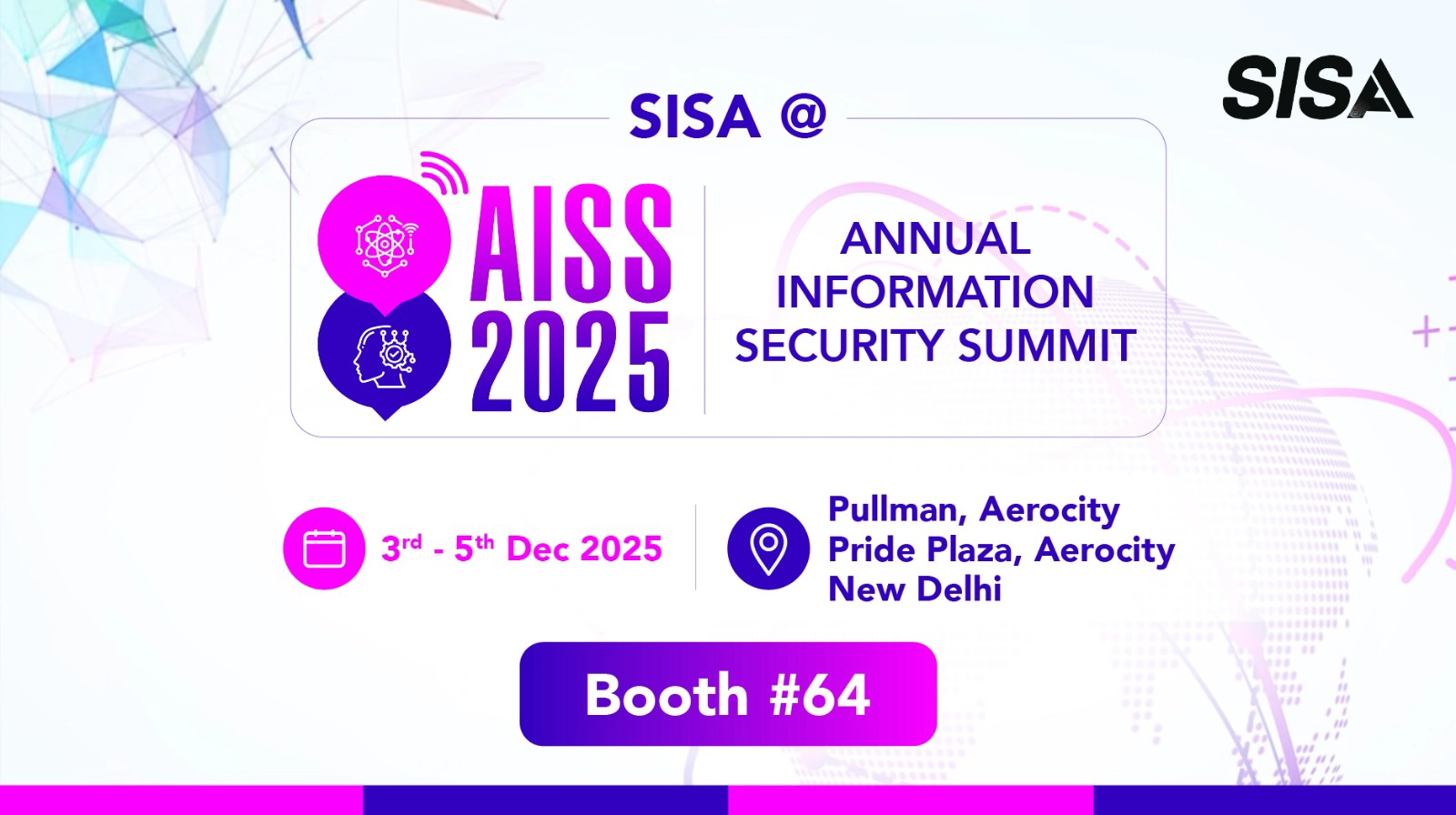
What is Risk Assessment? Why Is It Important In 2025
In an era of rapid technological advancements, climate crises, and evolving regulatory frameworks, organizations face unprecedented risks. From cyberattacks to supply chain disruptions, the stakes for managing uncertainty have never been higher. This is where risk assessment becomes a lifeline for businesses. But what exactly is risk assessment, and why is it indispensable in 2025? Let’s dive in.
What is Risk Assessment?
Risk assessment is a systematic process of identifying, analyzing, and evaluating potential risks that could harm an organization’s operations, assets, or reputation. It involves:
- Identifying Hazards: Pinpointing internal and external threats (e.g., data breaches, natural disasters, regulatory changes).
- Analyzing Risks: Assessing the likelihood and potential impact of each risk.
- Evaluating Priorities: Ranking risks based on severity to allocate resources effectively.
- Implementing Controls: Developing strategies to mitigate or eliminate risks.
- Monitoring & Reviewing: Continuously tracking risks and updating plans as conditions change.
This structured approach ensures organizations are proactive rather than reactive when managing uncertainties.
Types of Risk Assessments in 2025
Modern risk assessments are tailored to address diverse challenges. Key types include:
- Qualitative Risk Assessment: Uses descriptive scales (e.g., low/medium/high) to evaluate risks based on expertise and intuition.
- Quantitative Risk Assessment: Leverages data and statistical models to assign numerical values to risks (e.g., financial loss projections).
- Operational Risk Assessment: Focuses on day-to-day risks like process failures or employee safety.
- Strategic Risk Assessment: Addresses long-term threats such as market shifts or competitive pressures.
- Cybersecurity Risk Assessment: Critical in 2025, given rising cyber threats and AI-driven attacks.
Why is Risk Assessment Important in 2025?
1. Evolving Risk Landscape
The post-pandemic world, climate change, and geopolitical tensions have amplified risks like supply chain disruptions and regulatory volatility. Risk assessments help organizations anticipate these challenges and build resilience.
2. Technological Advancements
With AI, IoT, and remote work becoming mainstream, new vulnerabilities emerge. For example, AI-powered phishing attacks require advanced risk mitigation strategies. Regular assessments ensure tech adoption doesn’t outpace security.
3. Regulatory Compliance
Governments worldwide are tightening regulations (e.g., GDPR, CCPA). Non-compliance can lead to hefty fines. Risk assessments identify gaps in compliance frameworks, ensuring adherence to evolving laws.
4. Stakeholder Confidence
Investors, customers, and partners prioritize transparency. Demonstrating robust risk management builds trust and safeguards reputation.
5. Resource Optimization
By prioritizing high-impact risks, organizations allocate budgets and manpower efficiently, avoiding wasted resources on low-priority issues.
6. Sustainability Pressures
Climate-related risks (e.g., extreme weather, carbon pricing) demand rigorous assessments to align with ESG (Environmental, Social, Governance) goals and investor expectations.
The Risk Assessment Process in 2025
- Leverage AI & Big Data: Predictive analytics and machine learning identify patterns and forecast risks in real time.
- Scenario Planning: Simulate disruptions like cyberattacks or natural disasters to test response strategies.
- Cross-Functional Collaboration: Involve teams from IT, HR, finance, and operations for holistic insights.
- Continuous Monitoring: Use automated tools to track risks dynamically rather than relying on annual reviews.
Conclusion
In 2025, risk assessment isn’t just a compliance checkbox—it’s a strategic imperative. As threats grow more complex, organizations that embrace advanced methodologies, technology, and proactive planning will thrive. By understanding risks today, businesses can secure their tomorrow.
FAQs
Q1: How does risk assessment in 2025 differ from traditional methods?
Modern assessments integrate AI and real-time data analytics, enabling faster, data-driven decisions. Traditional methods often relied on historical data and manual processes, which are less effective in today’s fast-paced environment.
Q2: What role does cybersecurity play in 2025 risk assessments?
Cybersecurity is central due to rising ransomware, IoT vulnerabilities, and AI-driven attacks. Assessments now prioritize digital infrastructure resilience and zero-trust frameworks.
Q3: How often should risk assessments be updated?
In 2025, continuous monitoring is key. Automated systems provide real-time updates, but formal reviews should occur quarterly or after major changes (e.g., mergers, new regulations).
Q4: Can small businesses benefit from risk assessments?
Absolutely. SMEs face unique risks like limited resources and supply chain dependencies. Tailored assessments help them prioritize cost-effective solutions.
Q5: What are the consequences of skipping risk assessments?
Organizations risk financial losses, legal penalties, reputational damage, and operational collapse. For example, a single data breach can cost millions and erode customer trust.
Latest
Blogs
Whitepapers
Monthly Threat Brief
Customer Success Stories
 USA
USA India
India APAC
APAC Middle East
Middle East Global
Global






 Facebook
Facebook Linkedin
Linkedin  X
X Youtube
Youtube


